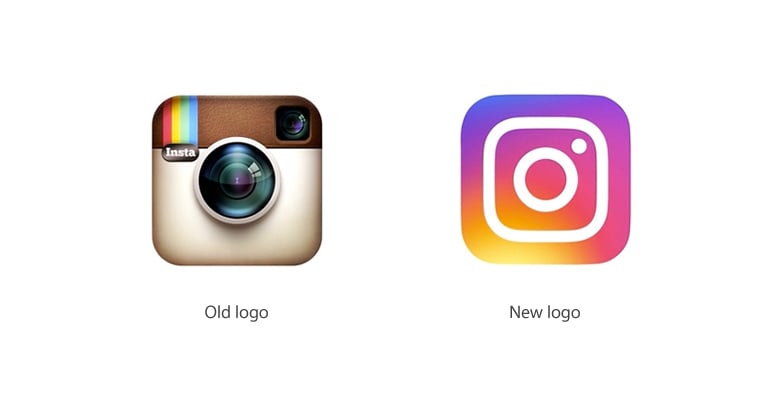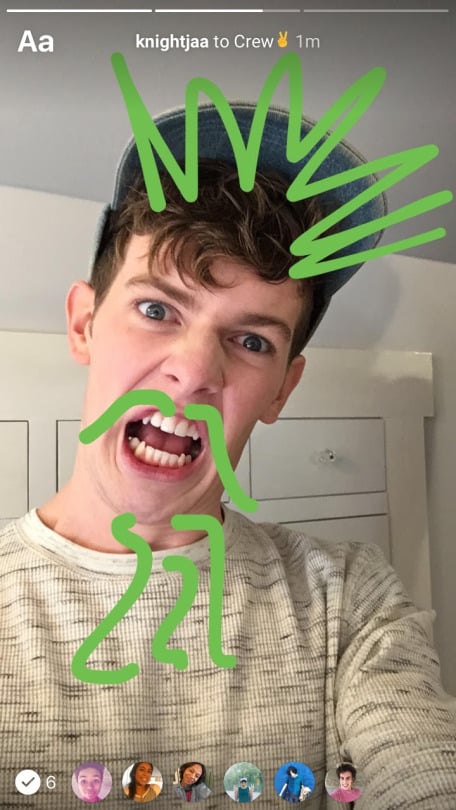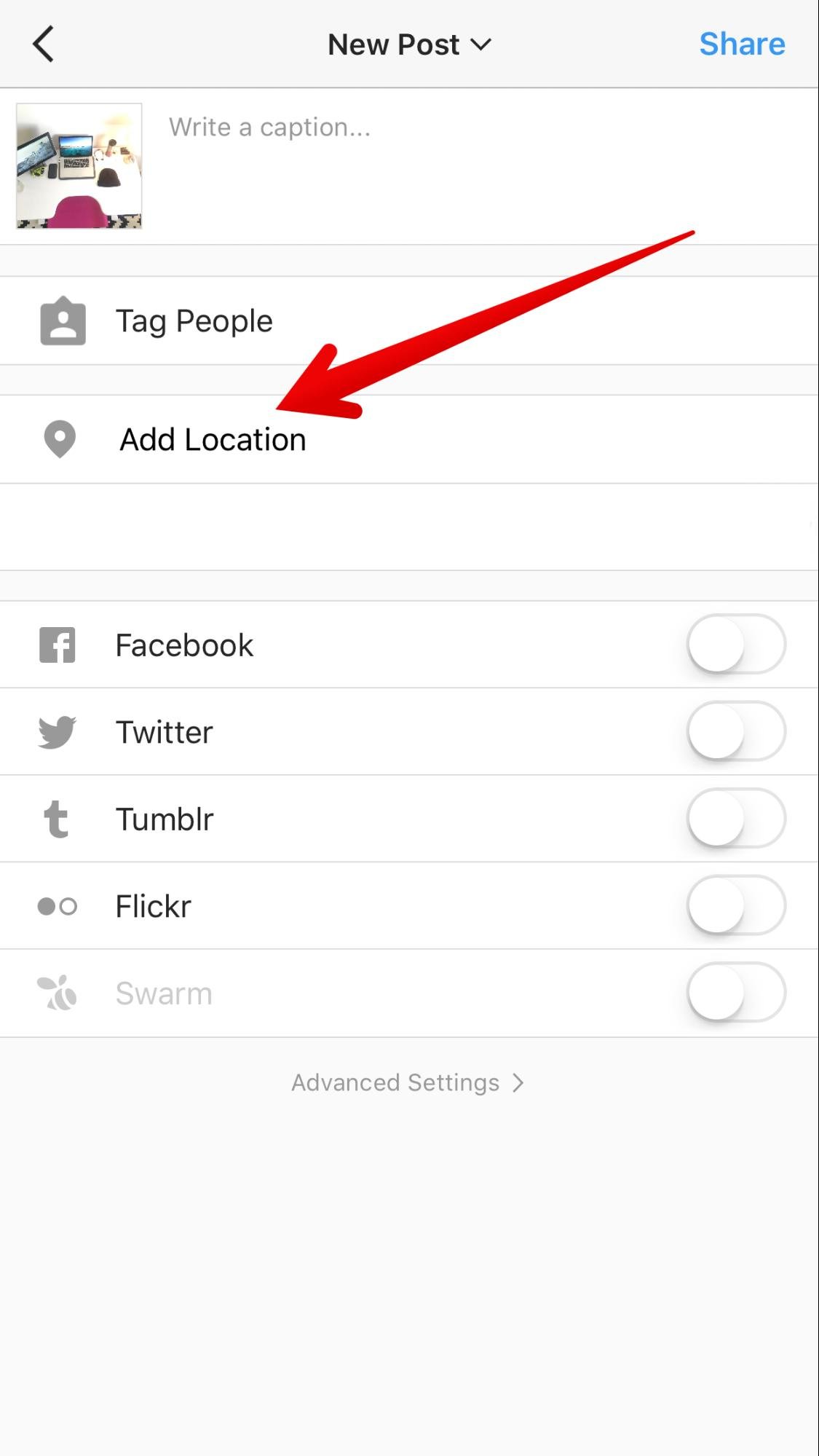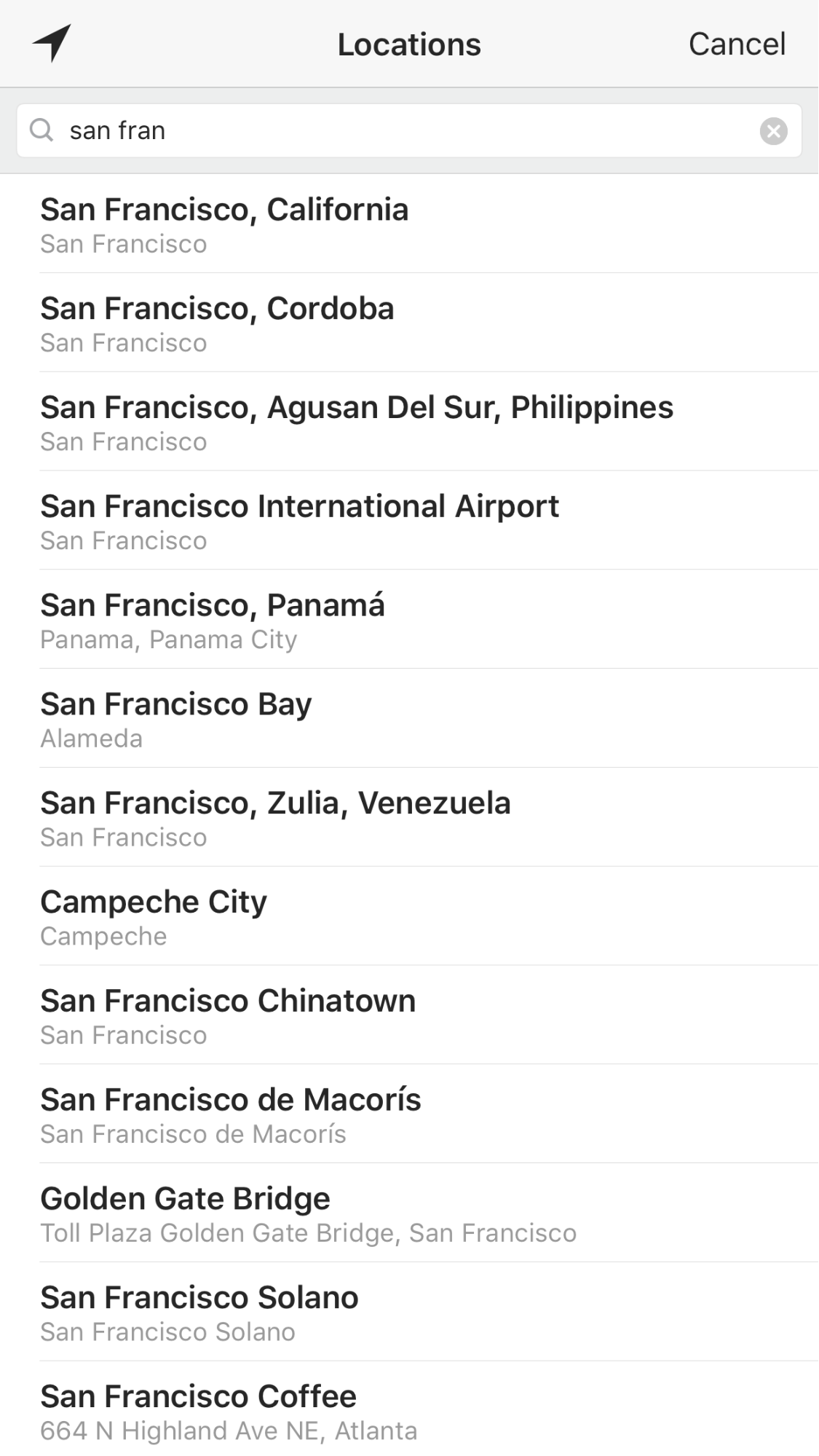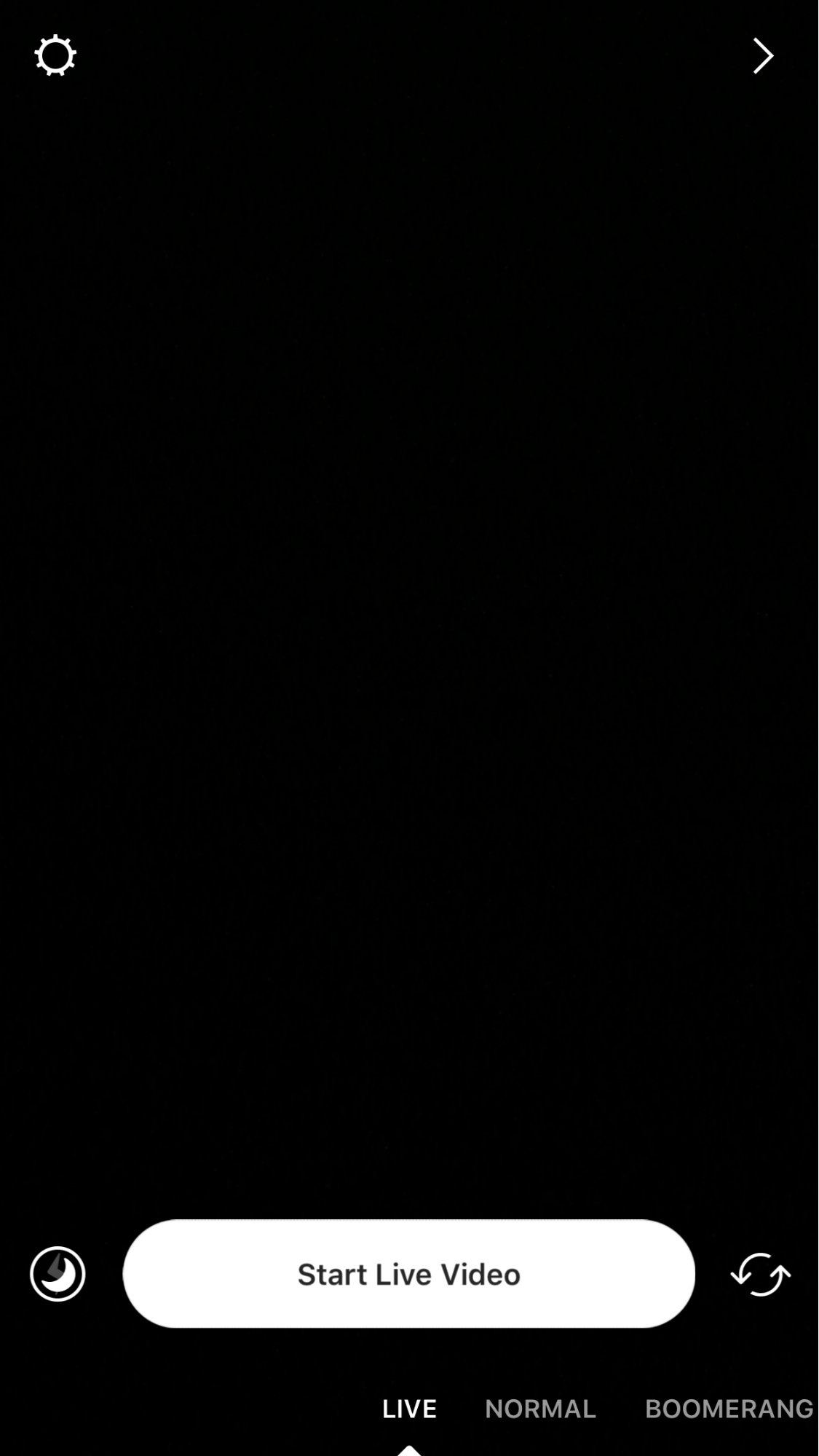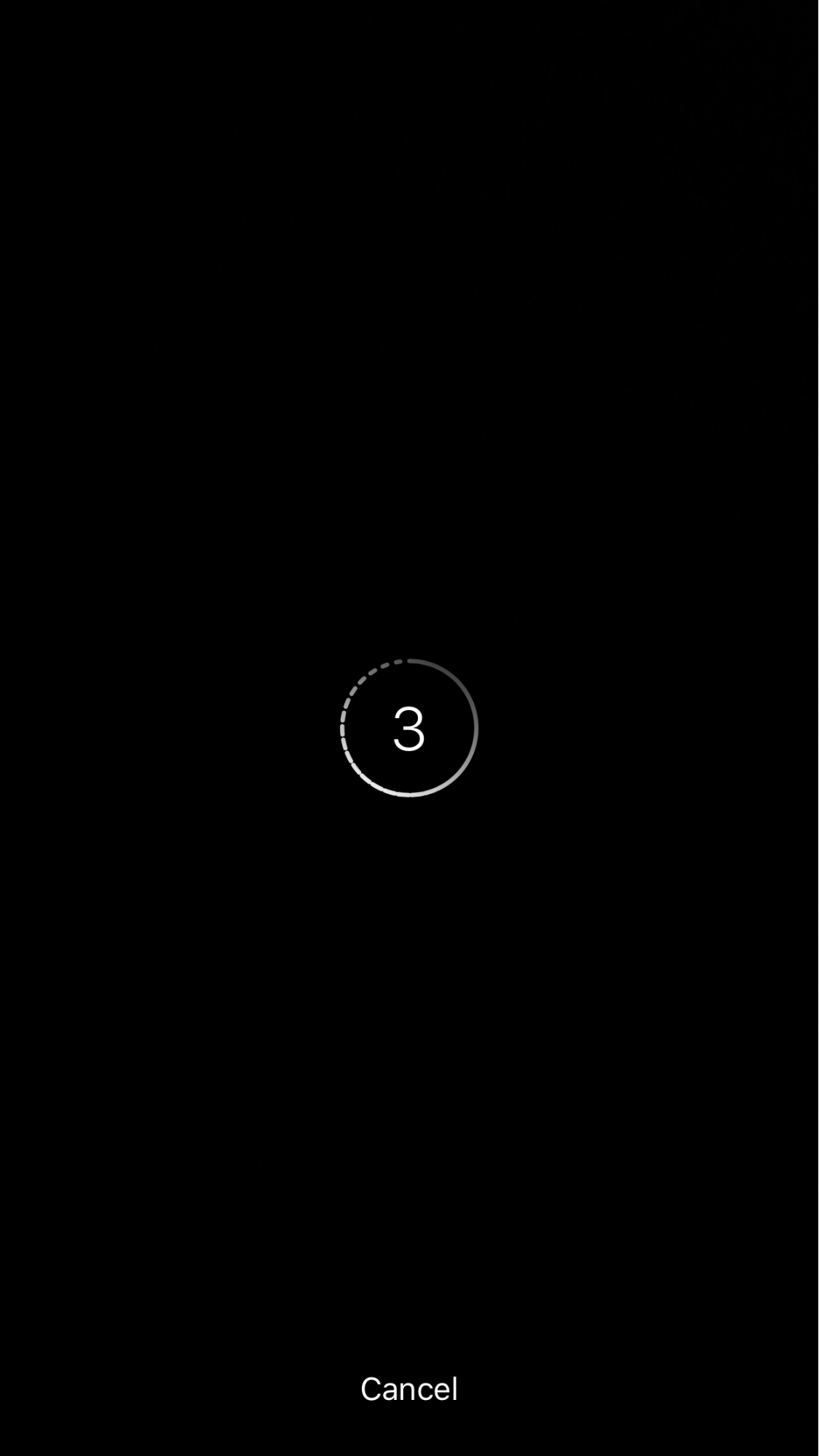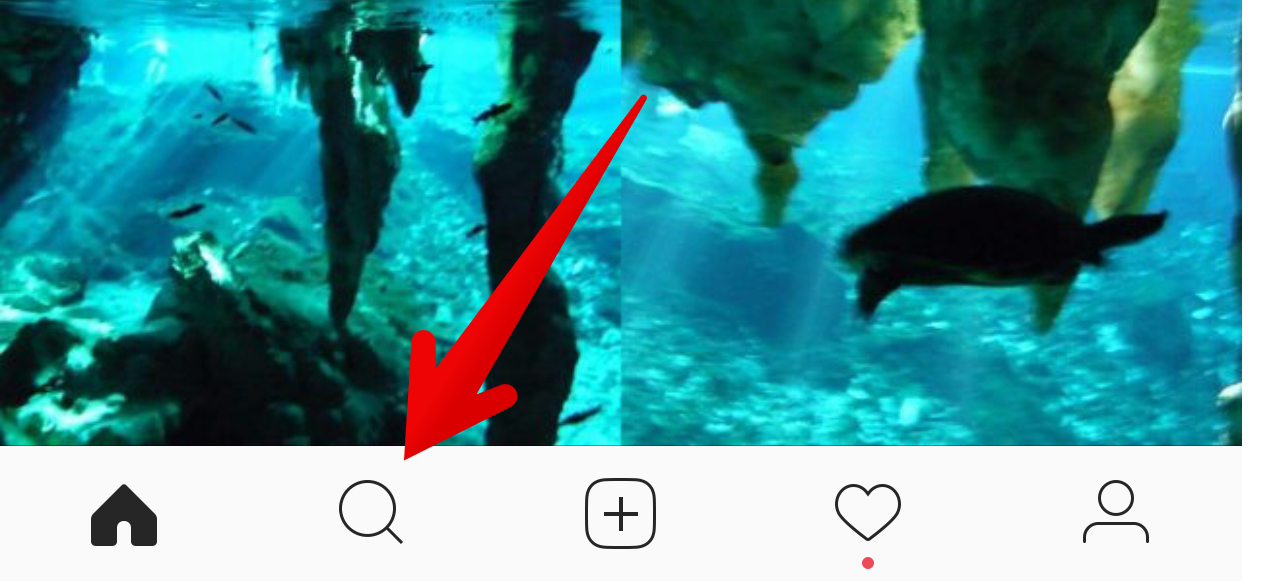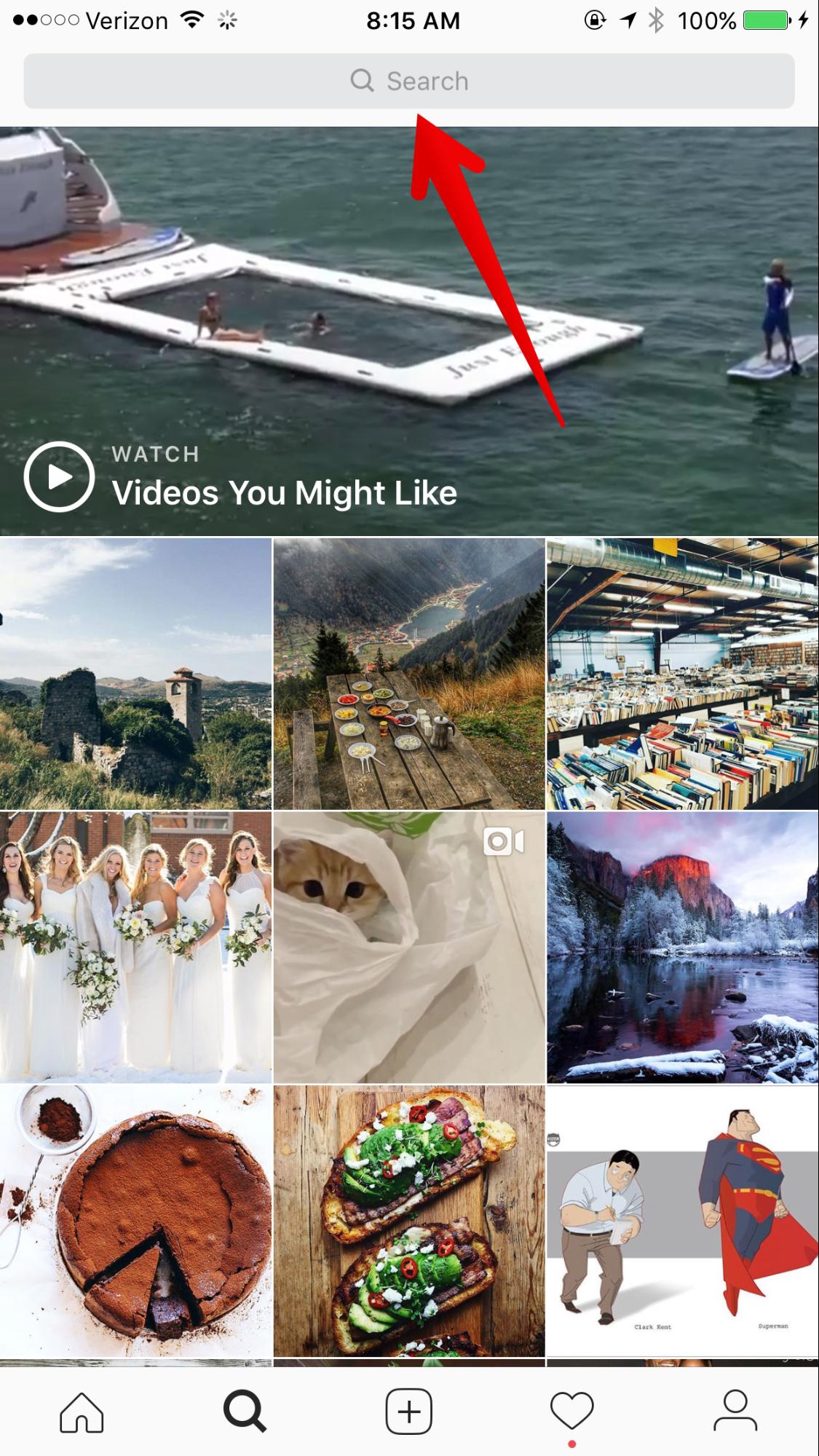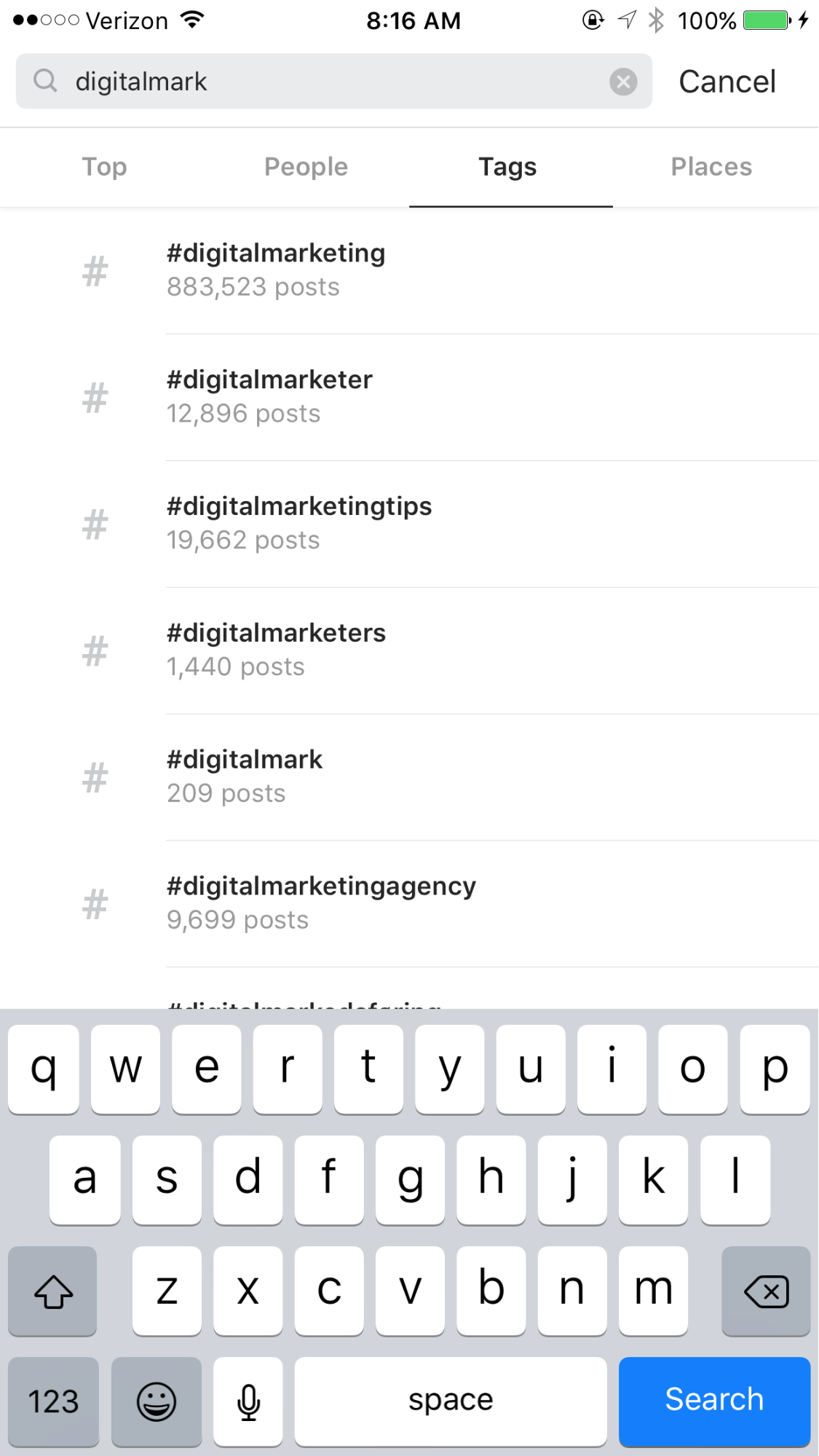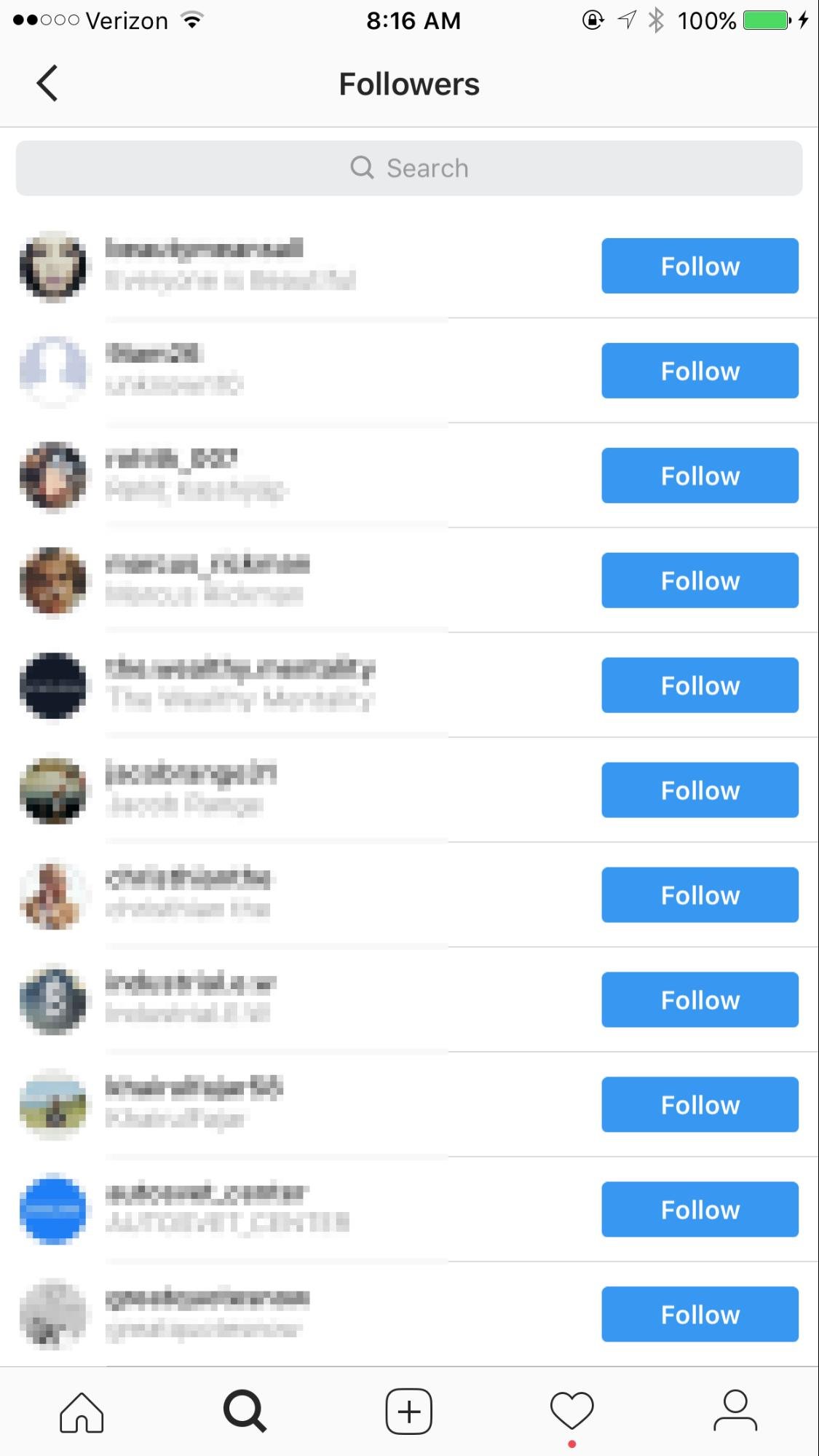A few years ago, I wrote a post about Instagram on how to get more followers and likes.
But there’s a problem with that post. I wrote it in 2012!
Instagram is a completely different animal today. If you read my old article, you’ll get some useful tips and tricks. But you won’t know how to leverage all of Instagram’s new features.
Since that time, Instagram changed their entire look!
The shiny new Instagram has more users, more power, more capabilities, more features, and more potential than it did in 2012.
It was time to produce a new article on Instagram. That’s the main reason I wrote this article.
But there’s another reason I wrote this article. I want to help you succeed on Instagram.
What does it mean to succeed? It means that you’re attracting all the normal stuff like followers, likes, mentions, and comments.
It also means that you’re engaging at a deeper level with your audience. You’re connecting with them in a way that truly matters.
In this article, you’re going to learn how to get 300+ real, targeted Instagram followers per day.
I’ll show you how to do this step-by-step.
Introducing Instagram
In case you’re new to the platform, let me give you some quick facts on Instagram.
Instagram is a photo sharing mobile app. It was launched in 2010 as a typical freebie app. There were a lot of other photo apps, but Instagram hit the sweet spot and started to grow.
They grew so fast that Facebook took interest and bought them for $1 billion in April, 2012.
As of June 2016, Instagram has 500 million monthly active users!
Instagram used to be a really basic app. You took a picture. You put a filter on it (to make yourself look better). You shared with your small Instagram following.
That was it. No bells. No whistles. Nothing fancy.
That’s no longer the case.
Today, Instagram is packed with tons of features. Once Snapchat started attracting millions of followers, and when apps like Periscope leveraged live video, Instagram rushed to offer these features as well.
For example, you can edit photos using more advanced photo editing features instead of relying on Instagram’s built-in filters.
You can also post Stories. Stories appear at the top of your friends’ feeds, and appear there for only 24 hours. If you want to keep your stories discrete, you can send them only to select friends or curated groups.
Like Snapchat, you can edit your pictures with text, drawing, and other special effects.
Unlike Snapchat, however, there are no filters that make you look like a dog.
Instagram’s Live Video feature is still catching on. It’s not like most live video platforms, because the video disappears as soon as you stop streaming. You can watch live videos only while they’re being filmed.
My goal in this article is just to show you how to get followers, not teach you how to use every feature.
Still, it’s important to be aware of these features, because you’re going to be using them as you grow your audience by thousands per week.
The first five steps are foundational, so I’ll go through each of them briefly. Then, I’ll dive into details in steps 6-8.
Step 1: Design your profile for maximum engagement
The first thing you’ll need to do is to create an Instagram profile that people will be interested in.
This matters. Your picture, your name, profile name, and your description are your digital billboard on Instagram. People will look at it, browse your photos, and check out your website.
Everything starts here.
If you’re just getting started with Instagram, the process will be simple and straightforward during the signup process.
If you already have an Instagram account, you can change your profile name and username.
First, tap on the profile icon at the bottom right corner.
Then, tap “Edit Profile” at the top of the page.
Now, change each of the following to something that accurately reflects who you are and the value you provide.
- Name. I recommend using your personal name.
- Username. Your username needs to be unique. If your name is already taken, add some words or phrases that make it distinct.
- A URL. Point this to your website if you have one. This URL is the only clickable link that you’ll be able to provide on Instagram.
- Information. A brief description about yourself. Make this description as warm and engaging as possible. An emoji or two doesn’t hurt.
Step 2: Post photos that grab people’s attention and make them want to engage with you
Instagram is all about the pictures. In this step, you need to build a collection of attention-grabbing posts.
Here’s how.
Post original photos
No one likes to see an Instagram account that is stacked with stock photos or reposted viral pictures. Use your own photos.
Make sure your photos are relevant
Whenever you post a photo, think about the group that you want to attract. Who are these people? What will grab their attention? I’ll provide some examples of relevancy below.
Add a location
When you add a location to your photo, you’ll get more visibility. Why? Because your photo “lives” in that location. Anytime someone searches for photos taken within an area, they will see your photo.
Tap “Add Location” on the new post screen.
Instagram provides you with a list of possible locations to choose from.
However, you can type in any location you want to, and Instagram will show you a list of the popular nearby locations.
I recommend choosing a popular location, so your post will get more visibility.
Step 3: Add a long image caption to the post
This is one of the most overlooked tactics in sharing photos. You should add several paragraphs of valuable written content to your post.
You’re allowed to write 2,200 characters. That’s a lot! For reference, 2,200 characters in this article will take you from the beginning all the way down to the paragraph that ends with “curated groups.” (CTRL + F to find it, and see how long 2,200 characters can stretch!)
Instagram will show only three lines of your image caption in user’s feeds. But that’s okay. If you can grab attention with those first three lines, you’ve won.
Instagram has a nasty thing about not allowing line breaks. The easiest way I’ve found to overcome this issue is by writing my post in my Notes app, copying it, and pasting it into Instagram.
To make things quicker, I open Notes on my Macbook which syncs with Notes my phone. I type the caption completely, and spell check it.
I open the note on my phone and copy it. Then I open Instagram and paste it into the caption.
Boom. Instant juicy content, and line breaks where I want them.
A long and interesting image caption is the number one way that I’ve found to get people to comment on and like my posts.
You have to lead with a great picture, but a good picture isn’t enough. Everyone’s already doing that! You have to add more value by producing more written content!
Step 4: Add hashtags
You can Instagram all day long, but if you’re not using hashtags, you won’t grow your audience.
It’s that simple.
Hashtags give you visibility. Instagram users hop around on hashtags like a bored person channel surfs. They click from hashtag to hashtag to hashtag, occasionally stopping in to check out an interesting user.
But which hashtags should you use?
If you use the bland hashtags like #happy and #selfie, you’ll get some people to notice your post, but it won’t be the right kind of people.
Your goal is to get targeted followers, remember?
Here’s how to do it.
Add hashtags in a comment, not in the actual photo
I recommend putting your hashtags in a comment on your own photo.
Why? First, it looks a little bit nicer. Your image caption should be clean and nice-looking. Hashtags tend to make things look messy.
Second, it keeps your caption distinct. Hashtags aren’t for people to see. They are for people to find you.
Third, you can add more hashtags. If you’ve filled out your image caption at the character limit, don’t worry. You have more room in comments.
Start by typing a general hashtag that relates to your industry or audience
Go ahead and type a broad hashtag that is relevant to your audience.
For example, you may type “#digitalmarketer”. Notice what happens in Instagram when you do this.
Instagram shows you a list of popular hashtags!
You don’t need to guess which ones are popular, because you can see the post count on the right hand side.
Add as many of these hashtags as possible, as long as they are relevant. Doing this will give you a clear idea of the types of hashtags to use, and where to use them.
When you find a list of hashtags that gets high levels of engagement, I recommend copying these and saving them in a note file on your phone. That way, instead of typing them out every time, you can copy and paste them into your comment.
Use 30 hashtags
How many hashtags should you use?
Here’s a good rule of thumb: No less than 5. No more than 30.
Why no more than 30? If you add more than 30, Instagram won’t let you post the comment.
Step 5: Create a posting schedule
If you don’t post on Instagram, no one is going to bother following you.
Here is what I recommend:
- Post 1-2 photos or videos per day.
- Add 5-30 Instagram stories per day.
- Post 1 live video per day at the same time each day.
Let me break this down for you.
Post 1-2 photos per day.
The most popular Instagrammers post a lot of pictures.
There is a correlation between how often you post and how many followers you have.
So why do you want to post every day? Because you’ll get more followers and more visibility (which also gives you more followers).
Don’t stick to photos only. As Nike’s feed shows, you can get a lot of engagement from posting videos.
Add 5-30 Instagram stories per day
Wow. That’s a lot of stories!
Sure, but it’s relatively easy to do. You can post videos or still photos. I recommend a mix of both.
Your Stories will cycle automatically like a video playlist. Even though each story lasts only 15 seconds, you can string them together to form a long video.
This Instagrammer keeps up a regular stockpile of 30+ stories. The technique is effective, because she appears regularly at the top of her followers’ newsfeeds.
Post 1 live video per day at the same time each day
Live video hasn’t taken off on Instagram like it has on Facebook, but it’s still powerful.
I recommend doing your live video at the same time each day.
Why? Because a live video appears only while it’s being broadcast. If you broadcast at random times — times when your followers aren’t actively on Instagram — no one is going to know you were even on live video.
There’s an easy way to overcome Instagram’s live video limitations.
- Post a photo to your feed that announces the time you’ll be broadcasting live.
- Post a story every day that announces your upcoming live broadcast.
You’re ready to roll. Your audience will be prepared for your broadcast, and ready to tune in.
To start a live video, tap the camera in the upper left corner.
Then, swipe left to get to “live.”
You’ll see a three-second countdown timer.
Then, you’re live!
Live videos are the first in line in the story carousel. In other words, as long as you’re live, more people will see you.
The more often you can post live videos, the better. Experiment with different times of day to see which time works best.
Step 6: Locate your target users, and begin following them
Believe it or not, everything we’ve discussed up to this point has been simple introduction.
You may be thinking what?! What about the massive amounts of followers?
If you follow the steps above, you will be attracting users at a rate of 20+ per day, and probably more.
First, you’ll get followers slowly, and then the speed picks up over time. During your first few days following this guide, you may only get 5 new followers a day.
Within a week, however, the velocity will pick up.
Now, however, it’s time to put things into hyper gear. In this step, I’ll show you how to find your tribe and prepare for an avalanche of followers.
First, locate your top competitors.
Who is the Instagram user who already has a big following in your niche?
Find them, and start to follow their followers.
Here’s how.
Tap the find icon from the Instagram feed screen.
You’ll see a display of popular videos and posts.
Tap the “search” bar at the top.
Tap “tags,” and begin searching for a term that is relevant in your industry.
I noticed that “#digitalmarketing” has nearly 900,000 posts, so I tap it first. Here’s what I see.
There are nine photos at the top. These are considered “top posts,” because they were posted by users with a lot of followers, or they have a lot of likes and comments.
One or more of these photos was posted by a power user — someone with a lot of followers.
I’m going to tap the photo of Warren Buffett.
Immediately, I notice that this photo has 1,230 likes. That’s a lot of likes.
I also notice that the photo was posted by @successfield. I may have never heard of @successfield, but they are obviously posting photos within my niche. And those photos are obviously popular.
So, I tap their name in the upper left corner. Here’s what I see.
I notice that they have 69.6k followers. This is a large following. I want to follow their followers.
Here’s the rationale. If these 69.6k people chose to follow @successfield, then they might choose to follow me, too. I’m in the same niche, same industry, and am providing just as much value (if not more!).
I tap “69.6” to see the list of followers.
I can follow every one of these users by tapping “follow.”
You should follow this process multiple times in order to find more influencers in your space. Also, you should find the influencers who have the most engaged audience.
Repeat the above process every day as you seek to build new followers. Every time, the experience will be different. Experiment with it until you find the pattern that delivers the highest number of followers.
Here’s that process in bullet point format:
- Tap the search icon.
- Tap the search bar at the top of the screen.
- Tap or swipe to tags.
- Type a tag that is relevant in your industry.
- There are probably dozens if not hundreds of tags you could use. This is where you should branch out and experiment with different tags.
- I also recommend exploring the “related” tags that Instagram displays at the top of the screen. You can find valuable tags and users that people are engaging on using this list.
- Tap a top post within that hashtag.
- Make sure that the account who posted has a lot of followers (rule of thumb: They should have more followers than people they are following).
- Tap the number of followers they have.
- Begin following these followers.
Step 7: Follow 50 users per hour
How many users can you follow and at what rate?
Nobody except a few select Instagram developers know the exact numbers.
Obviously, Instagram wants to keep users from abusing the system by spamming people with useless information. Therefore, they have some restrictions in place that keep you from following too many people.
The limit seems to be 7,500.
It’s going to take you a long time to reach 7,500. So what should you do?
Follow at least 50 users per hour. If you try to follow too many people within a certain amount of time, you’ll no longer be able to follow people.
Instagram won’t ban your account. They will simply prevent the “follow” button from working.
What should you do then? Wait an hour, and try again. Most likely, you’ll be able to follow more people.
Do you think that following 50 users might take too much time? It doesn’t.
Here’s how it works. You can do this in just a few minutes each hour.
Repeat this process as often as possible.
As you follow users, many will begin to follow you back. If you are actively posting, engaging, and providing value, then you will quickly begin to attract a following.
Step 8: Become an active member of the Instagram community
Instagram isn’t just a broadcast platform. It’s a community of people who are helping each other, providing value, learning, and growing.
Personally, I’ve found a lot of inspiration on Instagram. I’ve met new people. I’ve learned new things. It’s been a great place for personal development and networking.
Here are the things that you should do in order to become an active member of the Instagram community, and to grow and cultivate your audience at the same time:
- If someone follows you, follow them back. Obviously, you want to avoid following spam accounts.
- If someone comments on your photo, reply with a comment directed toward them. Mention them, using @, in the comment.
- Like the photos that have hashtags that you’re interested in.
- Comment on the photos that contain hashtags you’re interested in.
- Like other people’s comments on photos that you’re interested in.
- Send direct messages to people who you’re interested in, or who provide a lot of value.
- In your photo, tag users who you know personally, or with whom you’ve formed a relationship on Instagram.
- Ask questions or invite feedback in your posts.
There’s a difference between being a publisher on Instagram vs. being a participant.
I encourage you to become a participant.
Conclusion
Instagram is a valuable place for personal branding and sales. It’s easy to neglect it, though, because it seems challenging to build a following.
There is a way to building a powerful tribe of targeted followers.
These are the exact steps that I and my clients have used to attract more than 300 followers every day.
One of the best parts about it is that these followers are loyal. As long as I’m providing valuable content and regularly contributing as a member of the community, they won’t unfollow me.
Instead, they’ll tell other people about me, and my following will continue to grow.
Eventually, you’ll reach a point where you won’t have to follow other users as aggressively. Instead, people will start flocking to you.
By that point, all your hard work has paid off, and you’re well on your way to becoming a powerful Instagram brand.








.png)
.png)





